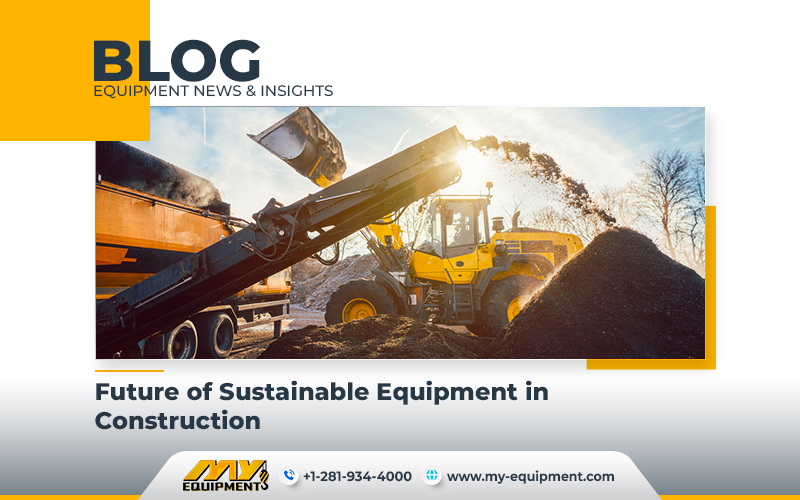Sustainable equipment like electric machinery are projected to play an important part in the construction industry, which is in the midst of a transformation as a result of technology-driven changes to operations, equipment, and structures. Since opportunities to cut greenhouse gas emissions and improve operational effectiveness are provided by electric power, they are now in more demand.
Businesses are concentrating on managing energy downstream of power plants and turning it into accurate machinery operation. Another emerging trend is automation. As machines get more automated, labour becomes more productive and greenhouse gas emissions are minimized.
Batteries are not the only factor in the transition to electrification. It includes a wide range of elements that make operating machinery more productive. Future developments in the business, such as fuel cells, are anticipated to give a wider range of options.
Challenges in Adoption
Challenges in adopting these new technologies include refueling sources for machines like hydrogen fuel cells. Early adopters are exploring innovative ways to harness the benefits of electric equipment, such as less noise and emissions, for applications previously unattainable with diesel-powered machinery.
Regulation and ESG Goals
Customer demands, especially in Europe and North America, are driving fleet arrangements to reduce greenhouse gas impacts in alignment with 2030–2035 ESG goals. Regulations on new machinery are in place, alongside energy generation regulations with hopes of modernizing systems for renewable energy adoption.


 1400 Broadfield Blvd, Houston, TX 77084,
USA.
1400 Broadfield Blvd, Houston, TX 77084,
USA. omer@my-equipment.com
omer@my-equipment.com